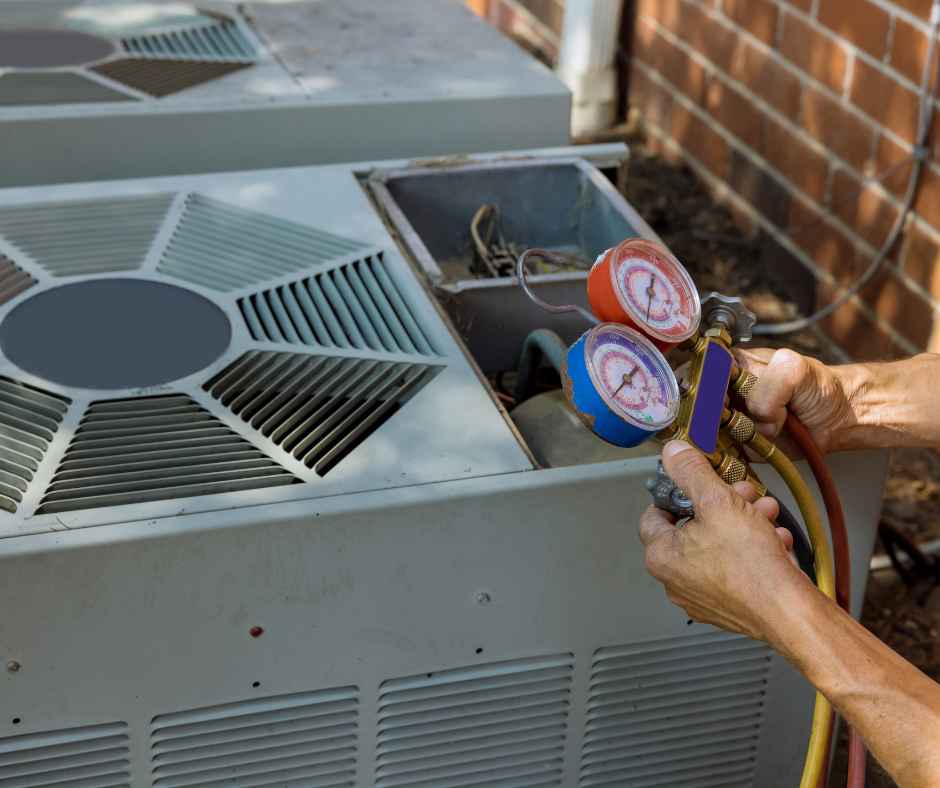Serving Douglas County & The Surrounding Areas
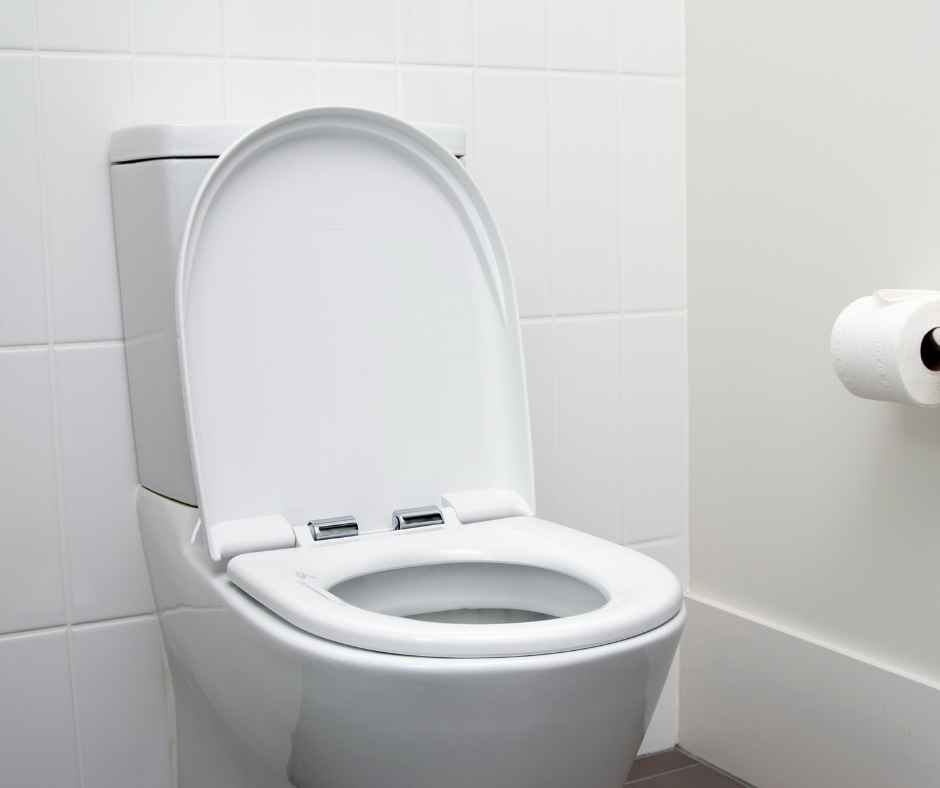
Why Does My Toilet Keep Running?
If you’ve noticed that your toilet keeps running long after you’ve flushed, you’re not alone. A running toilet is a common plumbing issue that can increase water bills and signal underlying problems within your plumbing system. Homeowners often ask, “Why does my toilet keep running?” and “How serious is it?” In this guide, we’ll break down the potential causes of a running toilet, the issues it can lead to, and why professional toilet repair is often the best solution.
Why is My Toilet Running?
A running toilet occurs when water continues to flow from the tank into the bowl after flushing, either consistently or intermittently. This issue can often be traced back to the components within the toilet tank, which must function in harmony for a proper flush. Here are some of the most common reasons a toilet may run:
- Faulty Flapper Valve: The flapper valve, located at the bottom of the tank, controls the release of water into the bowl. Over time, this rubber or plastic valve can wear out, warp, or fail to seal properly, allowing water to leak continuously from the tank to the bowl.
- Improperly Adjusted Float: The float in your toilet tank helps regulate water levels. If it’s set too high, water will overflow into the tank’s overflow tube, causing a continuous flow and making the toilet run. A float that’s set too low can also lead to inadequate flushing and result in repeated flushing attempts, causing the toilet to run.
- Broken Fill Valve: The fill valve is responsible for refilling the tank after each flush. If the fill valve is broken or not adjusted correctly, it can cause the toilet to keep running by allowing too much water into the tank or not shutting off as it should.
- Worn Out Gaskets or Seals: Gaskets and seals inside the toilet tank can become worn out over time, leading to leaks. When these seals are not tight, they can allow water to escape from the tank to the bowl, which keeps the toilet running.
- Mineral Buildup: In areas with hard water, mineral deposits can accumulate within the tank, affecting the movement of components like the flapper valve or fill valve. Mineral buildup can prevent these parts from sealing correctly, causing water to flow continuously.
- Leaky Flush Valve: The flush valve controls the water flow between the tank and the bowl. A leaky flush valve can result in a toilet running even when it appears that everything is functioning normally.
Why is a Running Toilet a Problem?
A running toilet is more than just a minor annoyance. Here are some of the primary concerns associated with this issue:
- Water Waste: A continuously running toilet can waste hundreds of gallons of water each day, leading to a sharp increase in utility bills. This can be especially problematic if you’re trying to conserve water or live in an area with water usage restrictions.
- Increased Water Bills: Because a running toilet can waste so much water, homeowners often see a significant spike in their monthly water bills. What may seem like a minor issue could end up costing hundreds of dollars over time if left unaddressed.
- Potential Water Damage: Depending on the severity of the leak, a running toilet can lead to water damage around the toilet area, especially if there are any small cracks or leaks in the tank. Persistent moisture around the toilet can cause damage to flooring, subflooring, and nearby fixtures.
- Constant Noise: A toilet that’s always running can create an annoying background noise, disrupting the quiet in your home and indicating that your plumbing isn’t operating efficiently.
Common Signs of a Running Toilet
Even if you don’t hear your toilet running continuously, there are other signs to watch for that could indicate a problem:
- Intermittent Refill Sounds: If you hear the toilet refilling randomly without anyone flushing, it’s a clear sign that water is escaping the tank and triggering the fill valve to kick in.
- Water Rippling in the Bowl: A running toilet may cause slight rippling or movement in the bowl. This can occur when water is trickling slowly from the tank into the bowl due to a faulty valve or seal.
- Frequent Tank Refills: If you notice the tank refilling more often than usual, it could be due to a slow leak in the tank, often caused by worn-out internal components.
How to Fix a Running Toilet: Professional Solutions
While some homeowners may be tempted to try DIY fixes, a running toilet often requires the expertise of a professional plumber to ensure a long-lasting solution. Here’s how professional toilet repair services can help address the root causes effectively:
- Thorough Inspection and Diagnosis: A licensed plumber will perform a thorough inspection of your toilet to determine the specific cause of the running issue. They can assess each component, from the flapper valve to the fill valve, to ensure everything is in working order.
- Flapper Valve Replacement: If the flapper valve is worn or damaged, a plumber can replace it with a high-quality valve that provides a secure seal, preventing further water leaks. Professional installation ensures the valve is correctly aligned, reducing the chances of future leaks.
- Float and Fill Valve Adjustment: Proper adjustment of the float and fill valve is essential for maintaining the right water level in the tank. A plumber can adjust these components to optimize water usage and prevent overflow into the overflow tube.
- Seal and Gasket Replacement: Over time, seals and gaskets in the toilet tank can wear out or crack, leading to leaks. A professional plumber can replace these components to ensure a secure, watertight seal within the tank.
- Mineral Deposit Removal: In cases where hard water has caused mineral deposits to accumulate, a plumber can clean and remove the buildup, ensuring smooth movement and sealing of internal parts. They may also suggest solutions to help reduce mineral buildup over time.
- Flush Valve Repair or Replacement: If the flush valve itself is faulty, a plumber can repair or replace it, ensuring smooth water flow between the tank and the bowl and preventing any water wastage.
Preventing Future Running Toilet Issues
Regular maintenance is key to preventing a running toilet and ensuring the longevity of your plumbing fixtures. Here are a few preventative steps that a plumber might recommend:
- Routine Inspections: Scheduling routine inspections of your plumbing system can help identify potential issues, such as worn parts or leaks, before they become costly problems.
- Water Quality Solutions: If your home has hard water, a plumber might recommend installing a water softener. This can help reduce mineral buildup in your toilet and plumbing fixtures.
- Prompt Repairs: Addressing minor issues, such as slight leaks or low water levels, as soon as they appear can prevent more significant problems down the line.
When to Call for Toilet Repair
If you notice any of the signs of a running toilet, it’s best to contact a professional plumber to assess and resolve the issue promptly. The longer a running toilet goes unaddressed, the more water it wastes, and the higher your water bills may climb. Additionally, ignoring a running toilet can lead to more extensive plumbing problems that may require costly repairs.
Contact Patriot Pros for Toilet Repair in Castle Rock
A running toilet is a common but important plumbing issue that requires attention to prevent water waste and potential damage. If you’re dealing with a running toilet, don’t wait—Patriot Pros in Castle Rock is here to help. Our experienced plumbers can assess the problem and provide effective, long-lasting repairs to keep your plumbing system in top shape. Contact Patriot Pros today for all your toilet repair needs!
Recent News
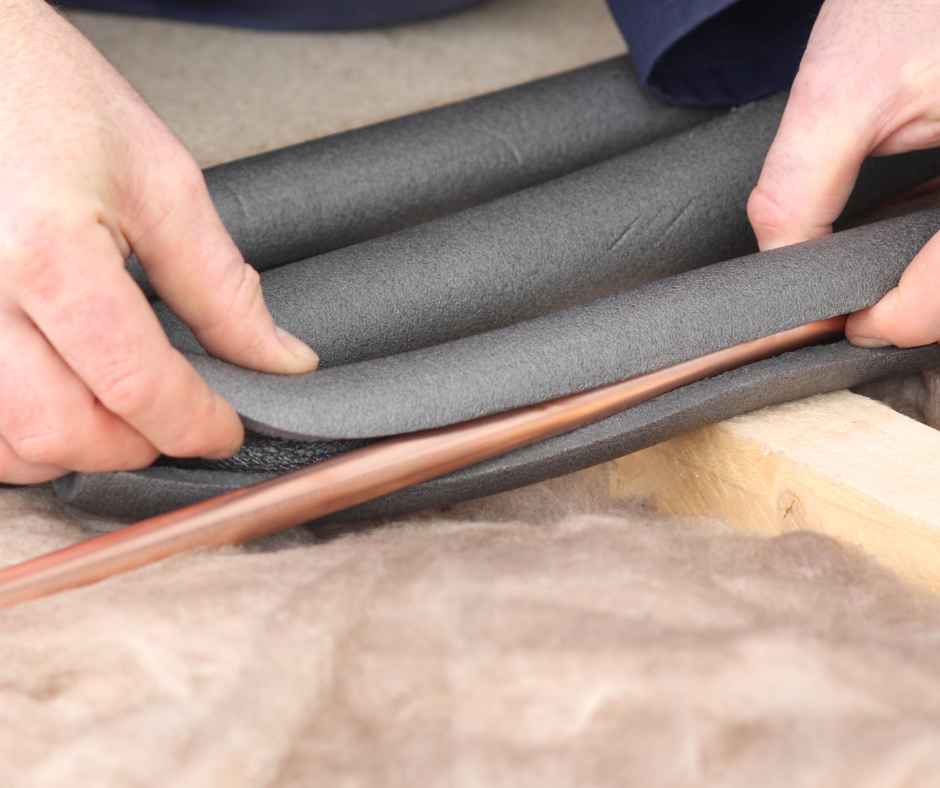
Snow, Freeze & Thaw: How Colorado Winters Stress Your Plumbing
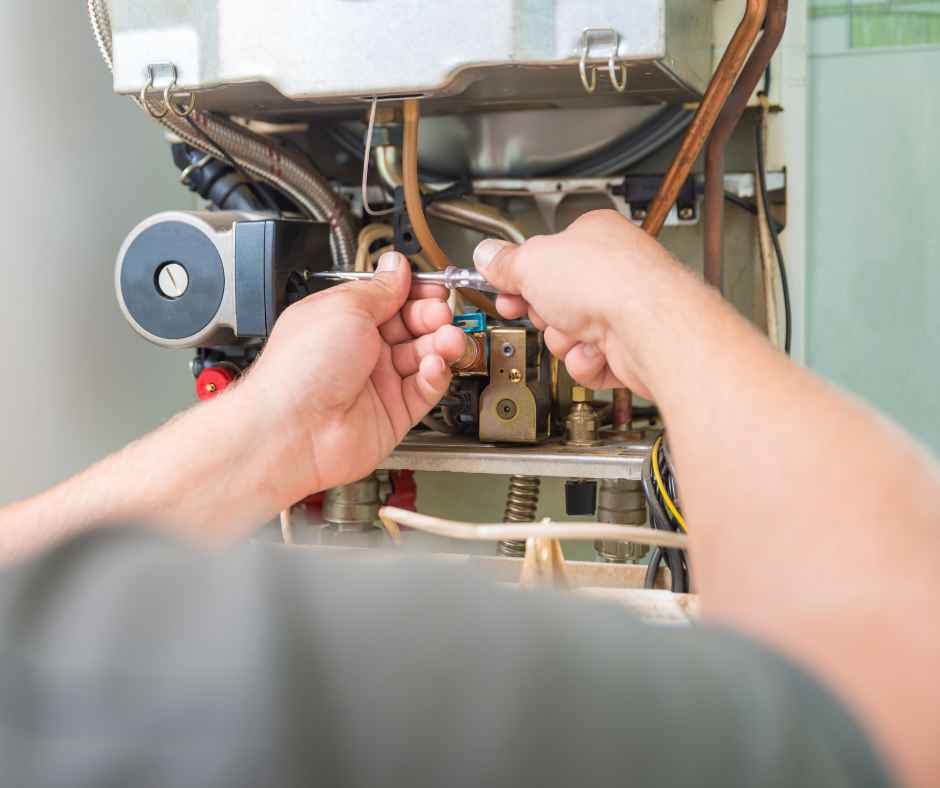
Emergency Heating Repairs: What to Do If Your Furnace Fails During a Colorado Snowstorm
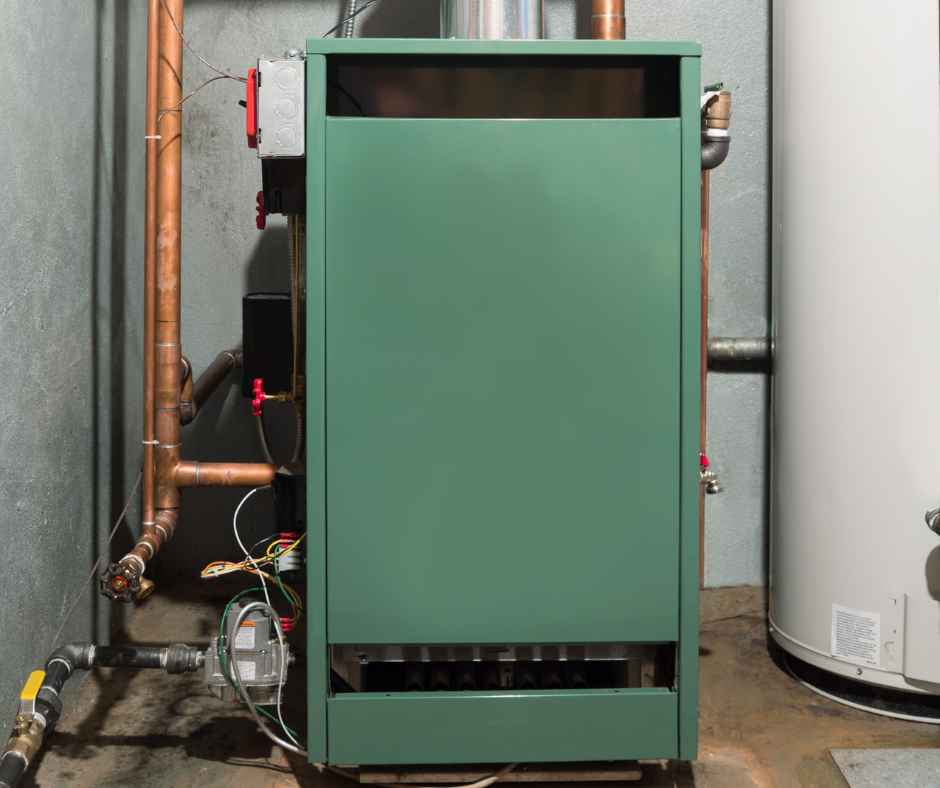
Comparing Heating Options for Colorado Homes: Furnace vs. Boiler vs. Heat Pump
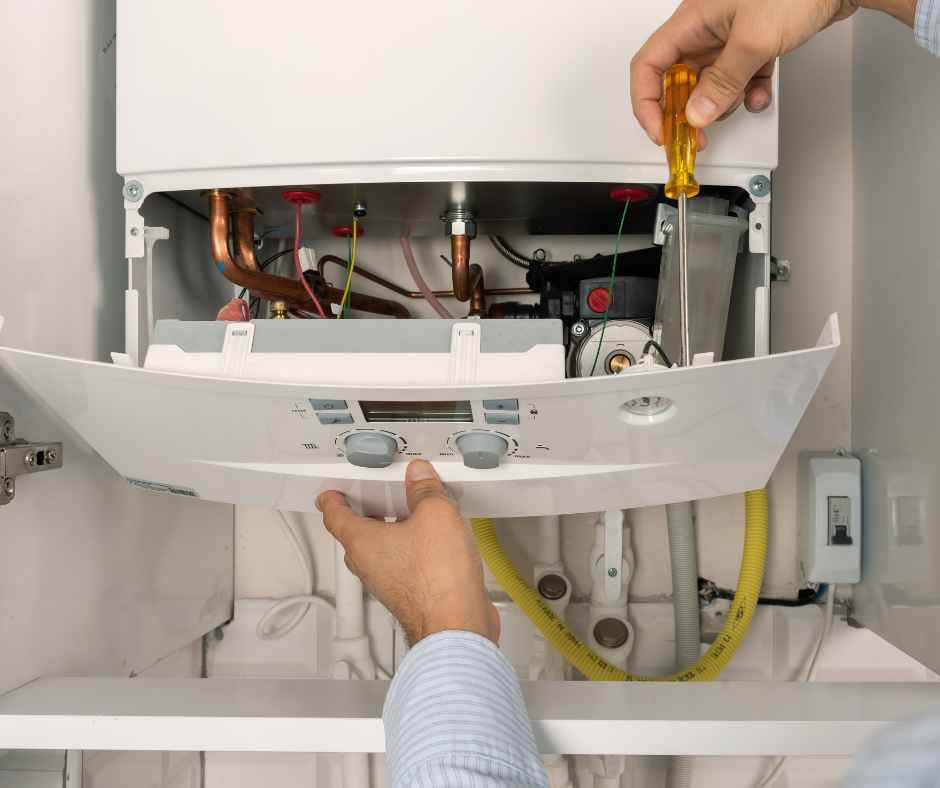
The Ultimate Fall & Winter Boiler & HVAC Maintenance Checklist for Castle Rock Homes
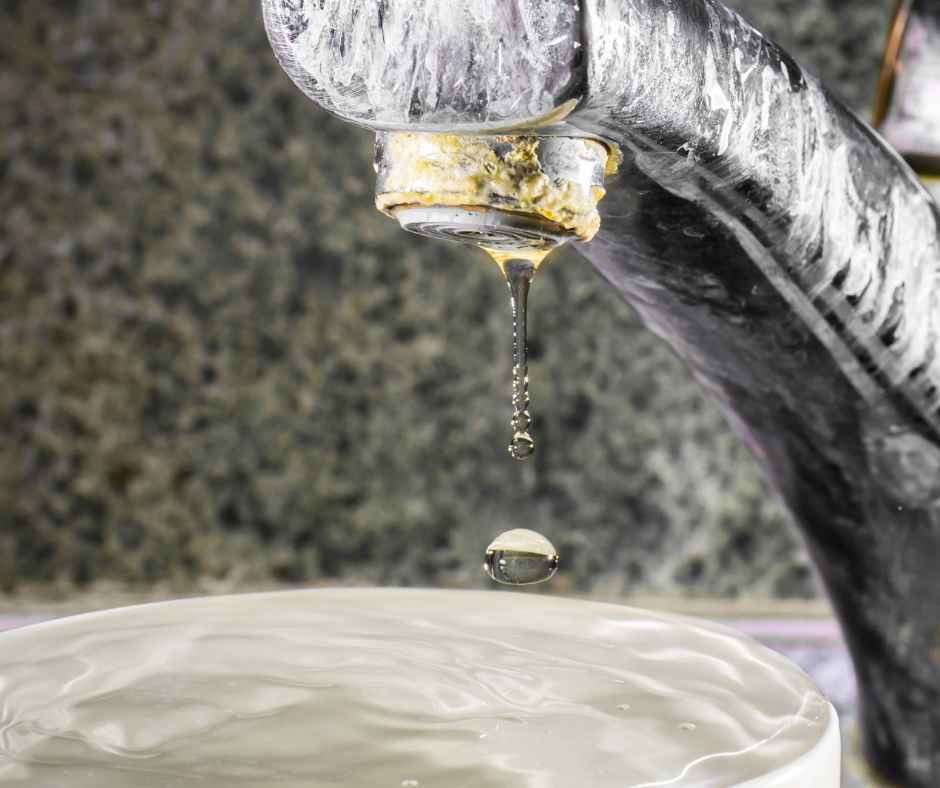
How to Choose the Right Water Filtration System for Colorado’s Hard Water
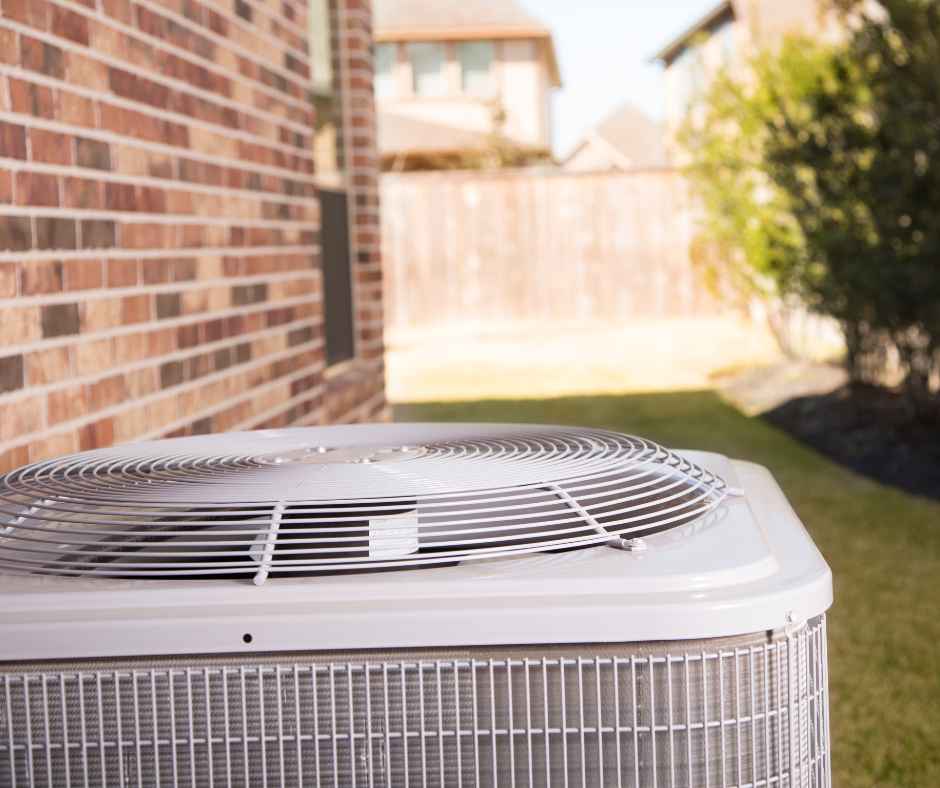
Maximizing AC Efficiency in High Altitude: Denver’s Summer Cooling Guide
